Gracious Spacious Maximus
The Maxus G10 is the brand’s first attempt at building something a little more car-like, compared to building something passenger van-like, and it certainly has its merits. The G10 was originally available as a 7-seater setup, offering occupants in the middle row, individual seats and up to 2,500 litres of cargo room.


Many of us would not even think of the brand - Maxus, when looking for an MPV. This is because most of us have hardly heard of it in the first place. The Chinese automotive brand which has its roots in British Leyland, was acquired by parent company SAIC, at the end of the last decade. SAIC, like other Chinese automotive companies were on a brand and tooling buying spree in the earlier part of the century, and SAIC took in MG, while the premium Rover 75 (Rover’s very last proper sedan) re-emerged in China as the Roewe 750, sporting longer rear doors and more rear leg space.

The Maxus G10 is the brand’s first attempt at building something a little more car-like, compared to building something passenger van-like, and it certainly has its merits. The G10 was originally available as a 7-seater setup, offering occupants in the middle row, individual seats and up to 2,500 litres of cargo room.

Cycle & Carriage, the Maxus’ authorised dealership has now fielded a 9-seater version of their G10 MPV.
Maxus has done quite a good job in styling the G10. Flared wheel arches and fancy front and rear bumpers are visually appealing touches. The 9-seater variant is equipped with 16” rims, instead of 18” ones found on the 7-seater model… not entirely a bad thing, since you do get more comfort with more sidewall, and replacement tyres are also significantly cheaper.
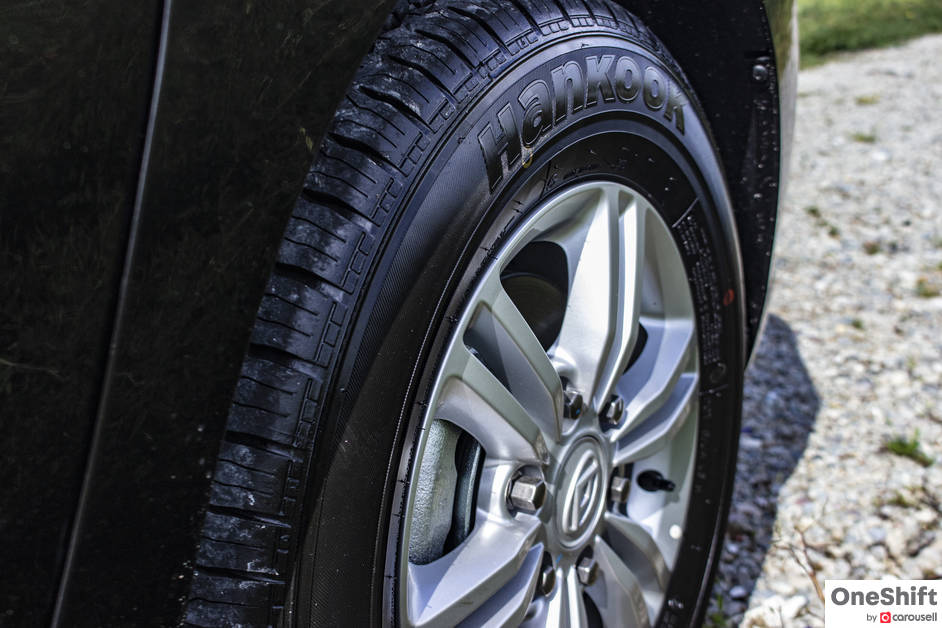
With parent company SAIC building cars of different brands, and also manufacturing for Volkswagen for their local market, we did find some switchgear mimicking certain things you would find in VWs; like its air-conditioning control panel, which resembles a miniaturised previous generation VW infotainment screen, complete with flanking buttons. Even hard plastics on the lower dash have a near identical texture to past VWs. Overall quality is quite decent, and the dashboard is rather well-sorted out.

Maxus could however do a better job with their infotainment system. The 10” display can be better illuminated, and the user interface, though logical, has room for improvement. The system offers users bluetooth connectivity, and supports wired Android Auto and Apple CarPlay. The digital clock to the left of the infotainment screen gives you a choice of different themes… almost all of which mimic branded watch faces, a little tacky if you were to ask me.
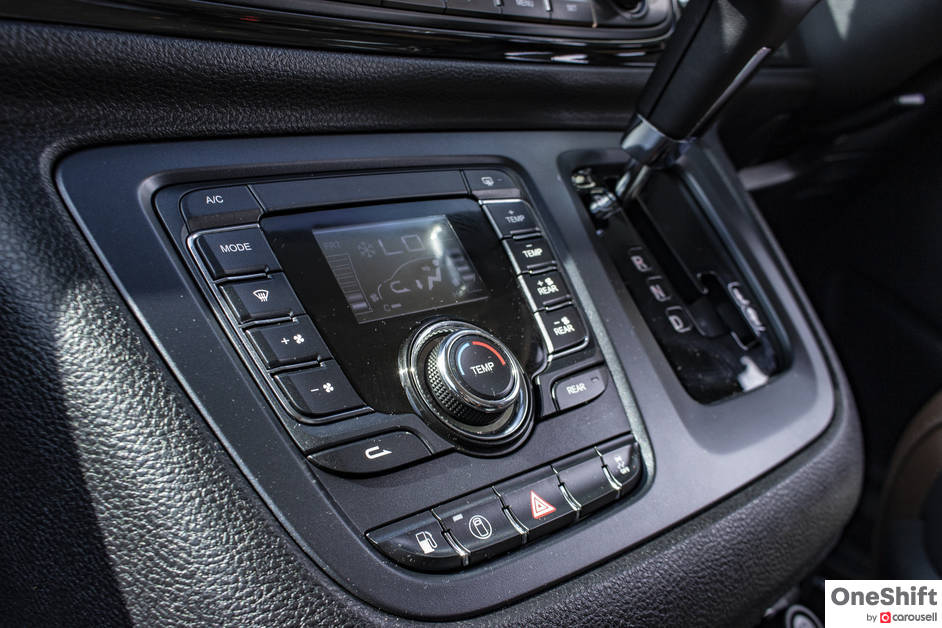
The large MPV’s seats are lined in faux leather, which are comfortable, although they can get a little warm on sunny days. The 9-seat G10 variant offers an additional row of two individual seats, which also means that Maxus has omitted the leg rests for all individual seats, and legroom has been slightly reduced. The plus in having individual seats means you do not have to rub shoulders with your neighbour, and those proceeding to the rear can easily shuffle past, thanks to the 320mm-wide aisle. The fourth row bench has also been moved further rearward to accommodate the extra passenger capacity, sacrificing cargo space in the process.
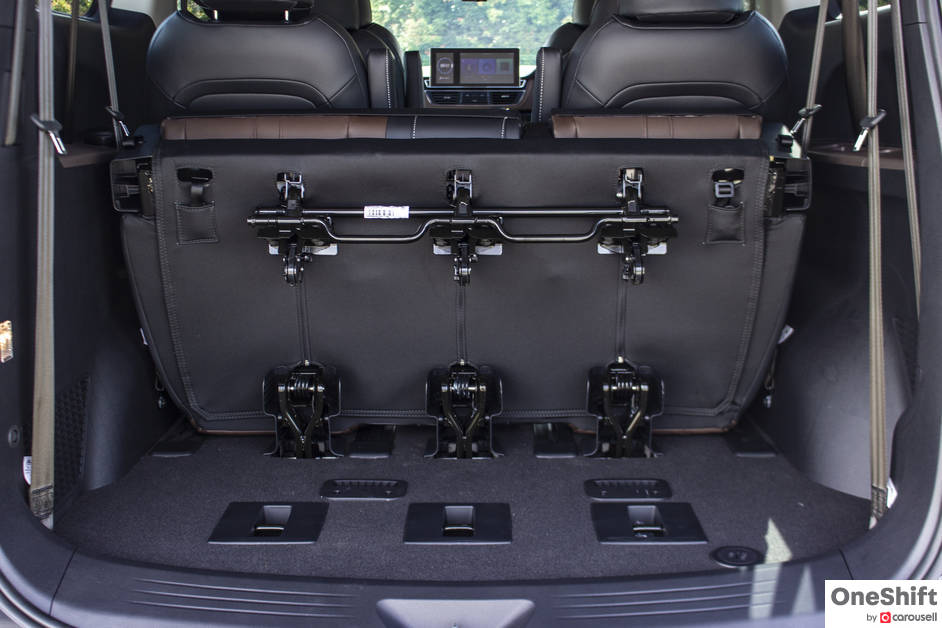
The bench does however fold forward, allowing you to stow luggage similar to the 7-seater model. An electric tailgate is also standard, making loading and unloading easier; and we like that they have included electric sliding passenger doors, which are standard for most MPVs.

The G10 is factory-fitted with a Sanden supplied air-conditioning unit. With six vents in the rear, it does an excellent job of lowering the temperature. Rear passengers also benefit from their very own climate control adjustment panel.

Clever touches like a 3-pin electrical socket, facing the second row passengers, means that they can plug in their notebooks and work on the go. Or you could simply park the G10 and use it as a mobile office… or power that fruit juicer that everyone keeps in their glove box for some fresh fruit juice on the go… whatever rocks your boat…
The G10 is powered by a 2.0 turbocharged petrol engine, which produces 215bhp, and 330Nm from 1,800rpm. Drive to the rear wheels is via a 6HP family, 6-speed automatic ZF transmission. Acceleration is best said to be relaxed, but not lazy. There is a little bit of lag when taking off, since most of the torque kicks in at around 1,800rpm, this also means that you will need to work the engine a little to get the boost in, when on a heavier load, while climbing steep and long car park ramps. Fuel economy, rated at 11.7L/100km (8.5km/l) puts the G10 in the same neighbourhood as the likes of the Toyota Alphard. While the G10 is equipped with 4-wheel discs which do their job decently. You will experience quite a bit if travel in the brake pedal, before the MPV begins shedding speed; something which takes a little bit of adjustment to.
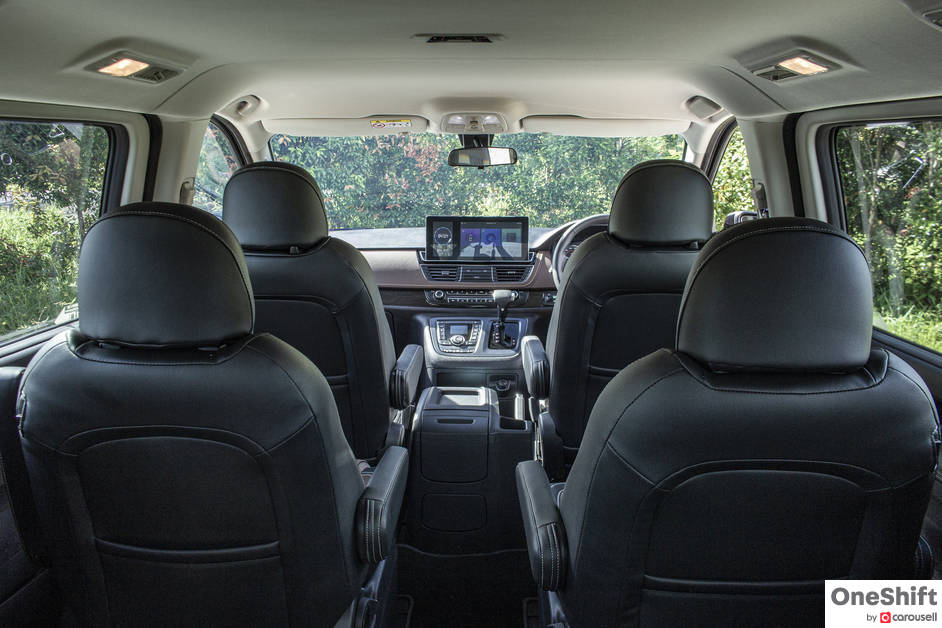
Cruising on the highway is a comfortable affair, even if the 9-seater variant is not equipped with the 7-seater’s Nivomat Self-levelling suspension. There is a mild drone that penetrates into the cabin, under acceleration, but it is not at all annoying. The G10’s long 3,190mm wheelbase also aids with providing comfortable ride quality. We also appreciate its narrow 5.8m turning radius, which in the real world, translates to you doing a U-turn, and completing the manoeuvre comfortably, finishing within the second lane in the opposite direction.
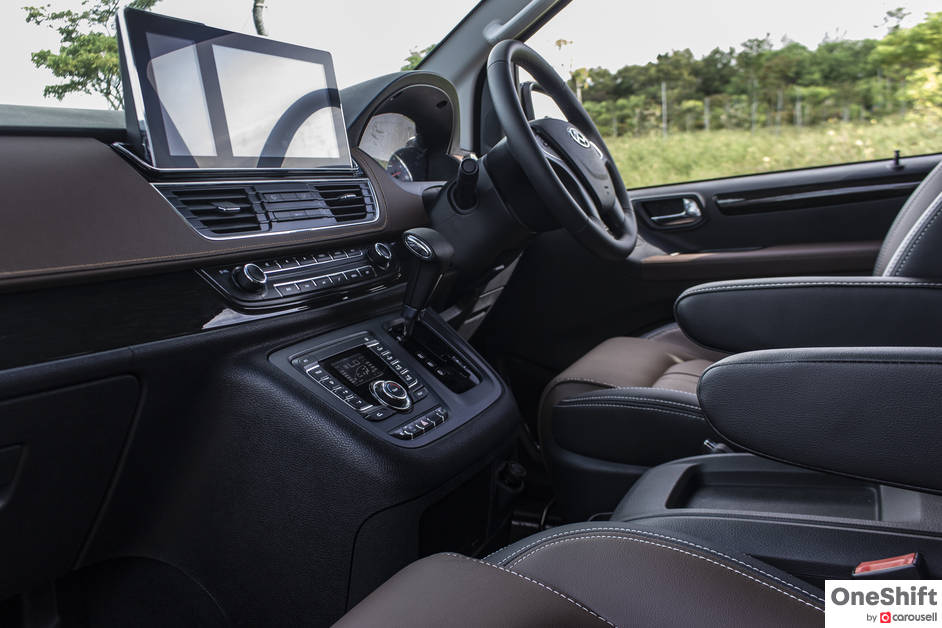
The upright driving position, coupled with large mirrors and a good amount of glass helps with the G10’s good all-round visibility. The hydraulic power steering may lack in feel, but for a car like this, it is of lesser importance. You will find yourself working the steering wheel quite a bit in tight carpark confines, due to the higher steering ratio, however the G10 is easy to maneuver, even with its large footprint. Parking is also a relatively easy job, as Maxus has also included a true 360 degree camera in the G10. While the display is not the clearest, it is still a real 360 camera system (there are some more expensive brands which only have a rear-facing camera, and a frustratingly inaccurate simulated 360 view).
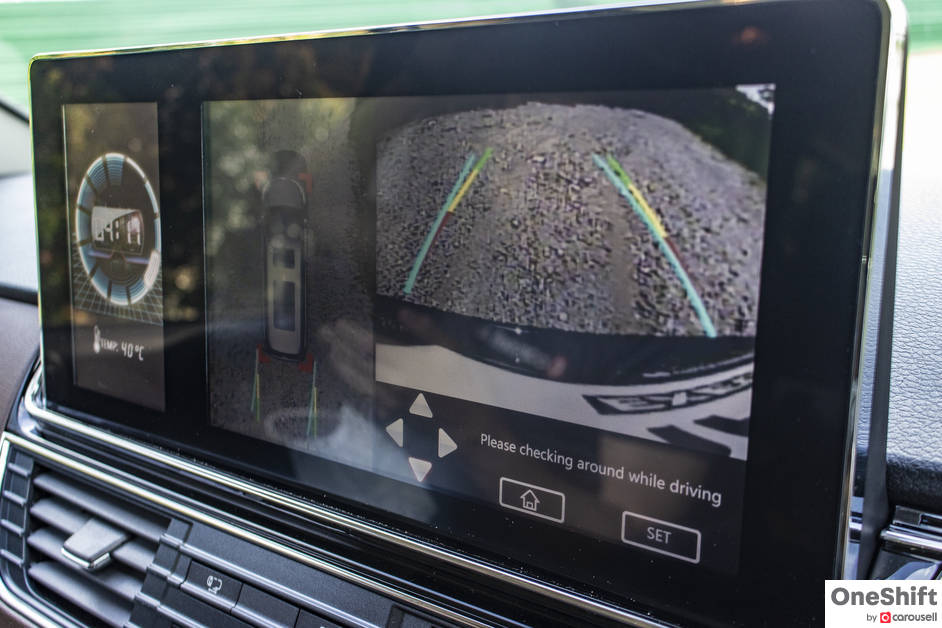
The Maxus G10 may not win prizes for its interior build quality, but where it does win, is in its pricing. Going at $145,999, it is significantly more affordable than the Toyota Alphard, Previa or the Nissan Elgrand. While it would not likely entice buyers who may be going for that something a little more premium, the G10 simply offers more passenger capacity, and wins if you find that you often need to carry more than seven.
Find the latest price of the Maxus G10 on Carousell.
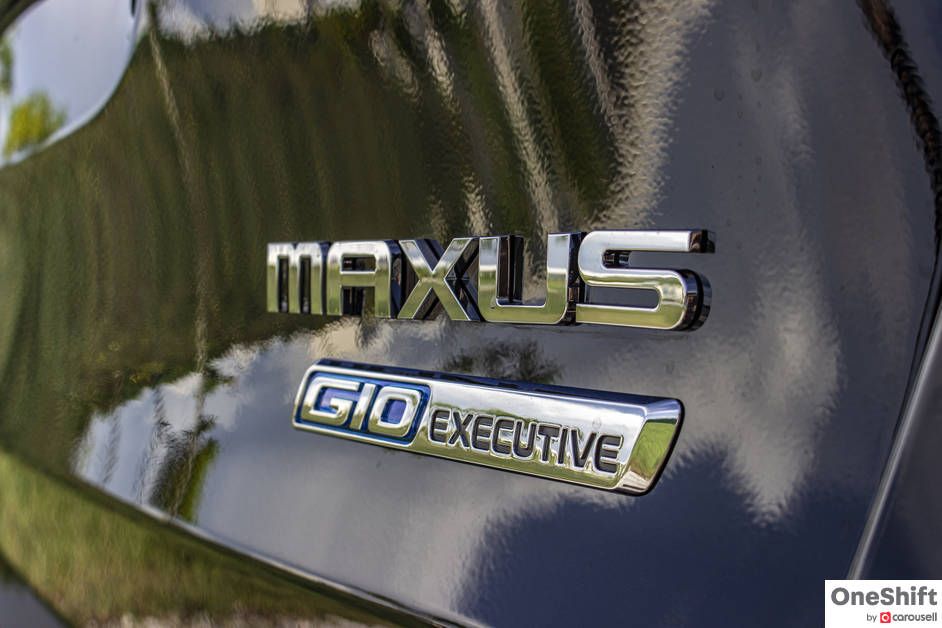
#Maxus #MaxusG10 #SG #Singapore #MPV #Roadtest #Testdrive #Review #Cars #Autos
Credits: Words and Photos by Clifford Chow
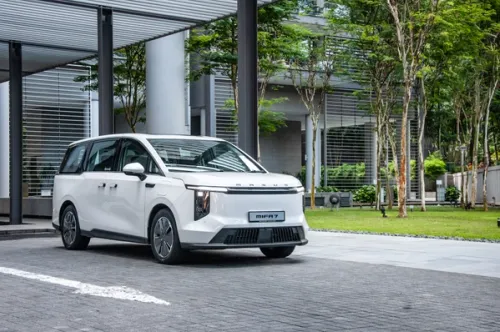







Get the Best Price for your used car
from 500+ dealers in 24 hours

- Convenient and Hassle-Free
- Consumer Protection
Transparent Process
With No Obligation








